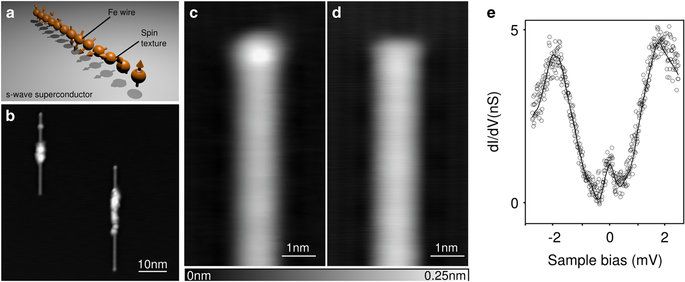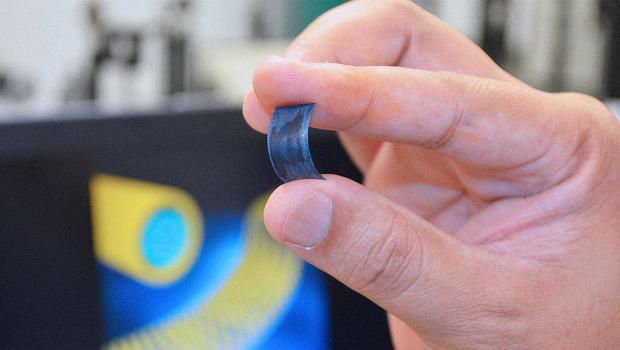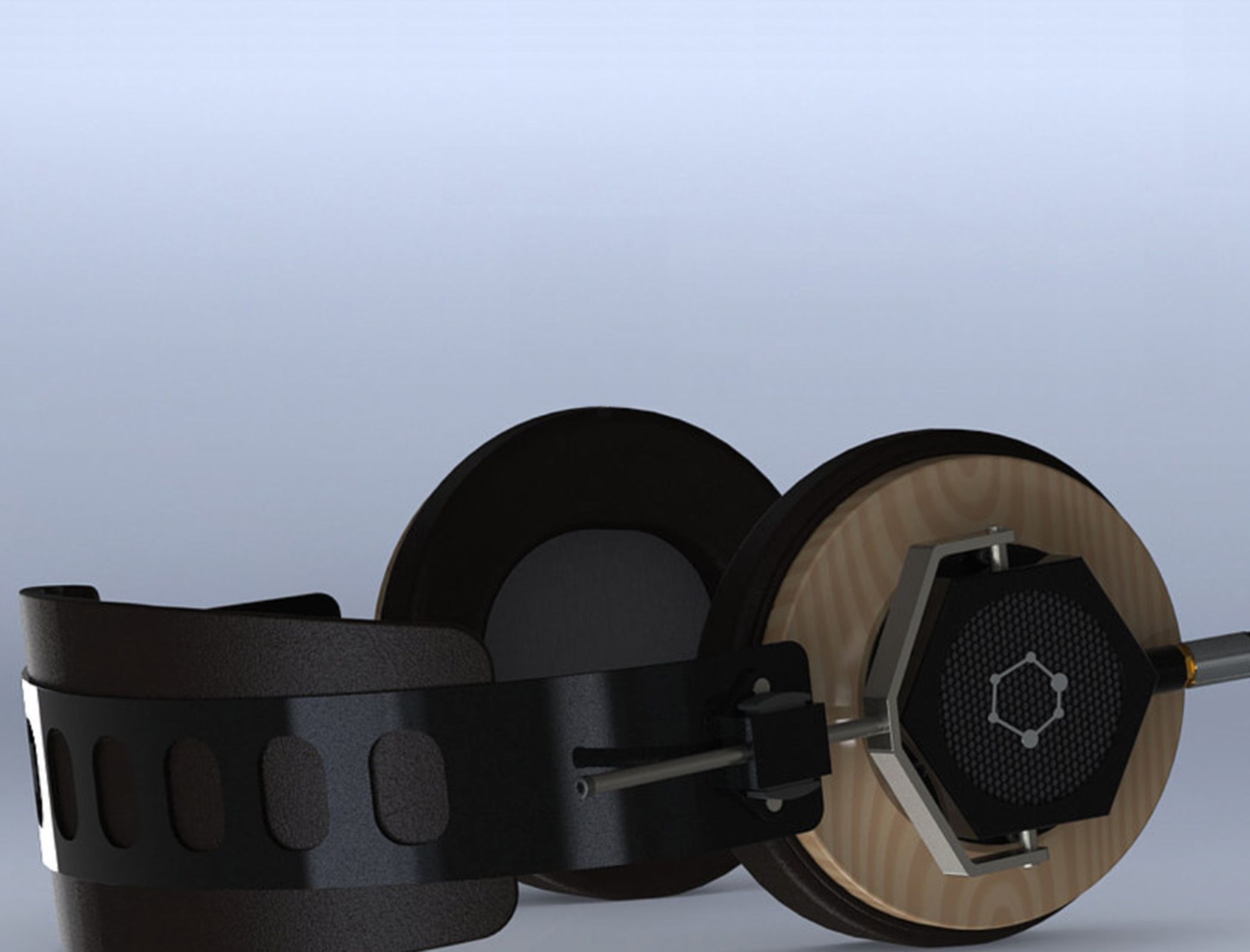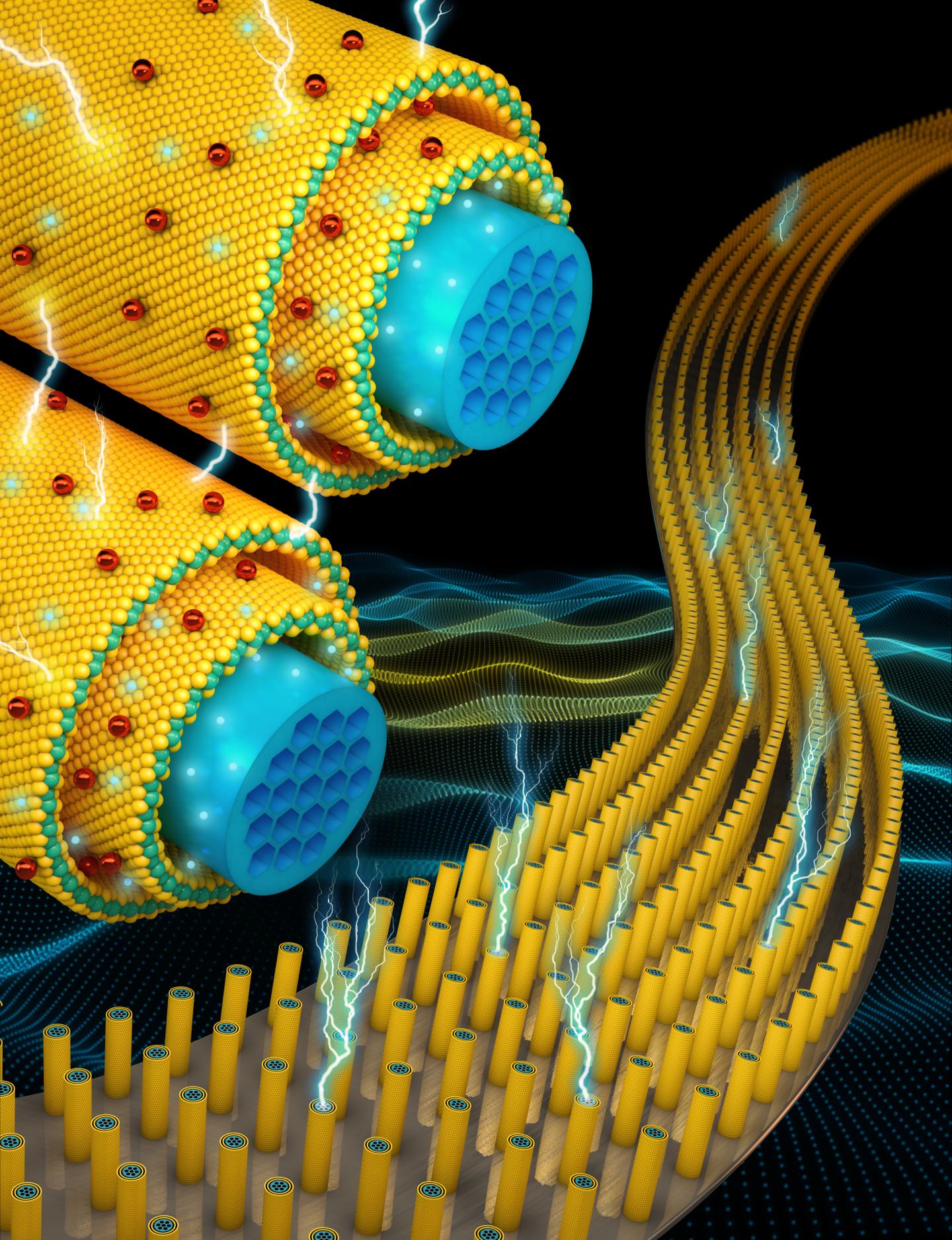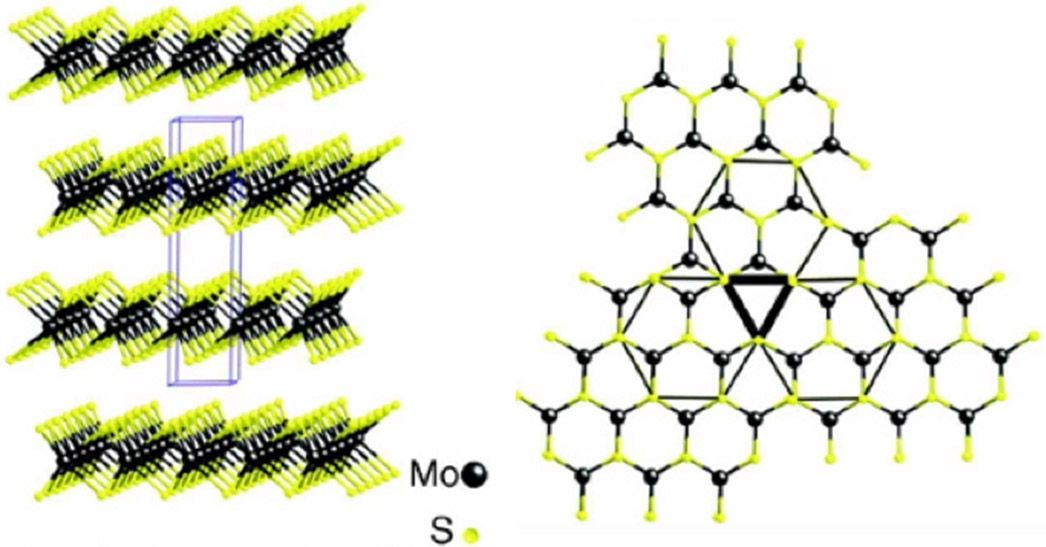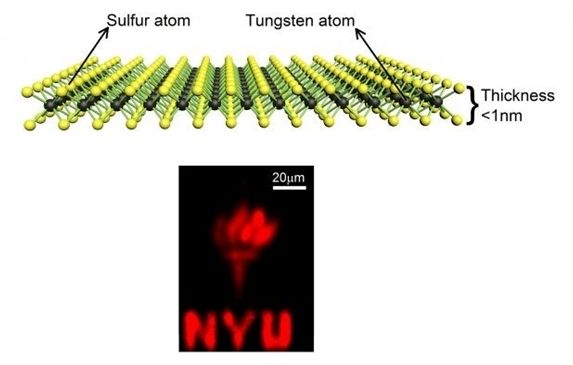Archive for the ‘nanotechnology’ category: Page 267
Dec 5, 2016
This Battery Charges In Seconds, And Lasts All Week
Posted by Shane Hinshaw in categories: materials, nanotechnology
It’s a super capacitor made with nano-materials, but all you need to know is—if it’s commercialized—your days of worrying about your battery might be over.
Dec 3, 2016
Armenia eyeing nano coop. with Iran
Posted by Karen Hurst in categories: nanotechnology, transportation
MNA– Head of Iran Nanotechnology Initiative Council and Iran’s envoy to Armenia met with Armenian Minister of Transport, Communication and IT in Yerevan.
Seyed Kazem Sadjadi, the Ambassador of the Islamic Republic of Iran to Yerevan and Professor Saeed Sarkar, Secretary-General of the Iran Nanotechnology Initiative Council (INIC) met with Vahan Martirosyan, the Minister of Transport, Communication and Information Technology of the Republic of Armenia on Wednesday in Yerevan.
The Armenian minister in the meeting welcomed the Iranian delegation for initiating cooperation and underlined that cooperation with Iran in areas of transportation and communication was of prime importance to Armenia. He voiced hope for expansion of bilateral cooperation in information technology.
Nov 30, 2016
Nano-materials start-up uses graphene to sweeten loudspeaker response
Posted by Karen Hurst in categories: nanotechnology, particle physics, quantum physics
Want a louder bass or speakers in general get Quantum.
Ora, a Montreal-based tech start-up, has announced that it has developed the first consumer-ready graphene loudspeaker.
The company believes that graphene holds the ideal properties sought after in loudspeaker diaphragms: stiffness (graphene is stronger than diamond) and lightness (graphene is the thinnest known material, one atom thick).
Continue reading “Nano-materials start-up uses graphene to sweeten loudspeaker response” »
Nov 29, 2016
Battery breakthrough charges in seconds, lasts for a week
Posted by Sean Brazell in categories: mobile phones, nanotechnology
Illustration representing the novel design of a hybrid supercapacitor, showing bundles of nanowires (blue) coated with 2D energy-storage materials (yellow) (credit: University of Central Florida)
University of Central Florida researchers have developed a radical new supercapacitor design that could one day replace lithium-ion batteries, allowing users to charge a mobile phone in a few seconds and with a charge that lasts a week, according to the researchers. The new battery would be flexible and a fraction of the size of a lithium-ion battery.
The proof-of-concept design is based on a hybrid supercapacitor composed of a core with millions of highly conductive nanowires coated with shells of two-dimensional materials. It combines fast charging and discharging (high power density) and high storage capacity (high energy density).
Continue reading “Battery breakthrough charges in seconds, lasts for a week” »
Nov 22, 2016
What are Molecular Machines?
Posted by Karen Hurst in categories: economics, evolution, food, information science, internet, nanotechnology, robotics/AI
Machines lace almost all social, political cultural and economic issues currently being discussed. Why, you ask? Clearly, because we live in a world that has all its modern economies and demographic trends pivoting around machines and factories at all scales.
We have reached the stage in the evolution of our civilization where we cannot fathom a day without the presence of machines or automated processes. Machines are not only used in sectors of manufacturing or agriculture but also in basic applications like healthcare, electronics and other areas of research. Although, machines of varying types had entered the industrial landscape long ago, technologies like nanotechnology, the Internet of Things, Big Data have altered the scenario in an unprecedented manner.
The fusion of nanotechnology with conventional mechanical concepts gives rise to the perception of ‘molecular machines’. Foreseen to be a stepping stone into nano-sized industrial revolution, these microscopic machines are molecules designed with movable parts that behave in a way that our regular machines operate in. A nano-scale motor that spins in a given direction in presence of directed heat and light would be an example of a molecular machine.
Nov 22, 2016
Carbon Nanotube Array Opens Door for Terahertz Radiation in Medical Practice
Posted by Roman Mednitzer in categories: biotech/medical, health, nanotechnology, security, wearables
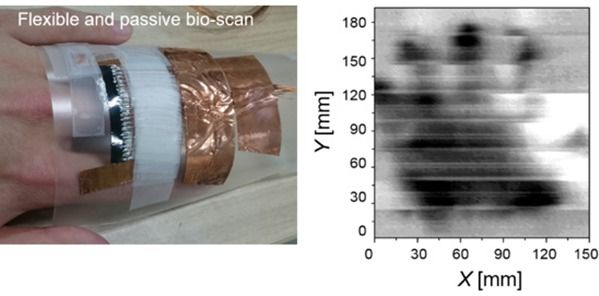
Terahertz (THz) radiation is used today most prominently for security screening at the airport. It’s the machine you stand in with your hands up as it swings its scanning arms in front and behind you. In medicine, terahertz imaging has the potential to help diagnoze certain types of cancer and to monitor a variety of health parameters to aid in assessment of overall health. Because of the extremely short length of terahertz waves, this imaging modality has a lot of limitations, including shallow penetration into tissues, and that prevents it from being used more widely. Yet, since it’s non-ionising, it’s probably safe and may even replace dangerous X-rays for some applications.
Currently, terahertz imaging is very poor at scanning curved surfaces even though it can peer a few millimeters deep into some tissues. To overcome this, researchers at Tokyo Institute of Technology have developed a flexible and even wearable terahertz scanner that can image curved 3D surfaces such as our skin.
Continue reading “Carbon Nanotube Array Opens Door for Terahertz Radiation in Medical Practice” »
Nov 16, 2016
Ultra-precision in optical manufacturing
Posted by Karen Hurst in categories: 3D printing, biotech/medical, nanotechnology
Lenses with a surface accuracy in the nanometer range are behind ever more accurate laser and optical systems. Manufacturers depend on ultra-precise optical and mechanical ablation processes, innovative coating processes and extremely accurate measuring technology to venture into these nano-worlds. The latest trends in optical manufacturing will be showcased by the world’s leading trade fair LASER World of PHOTONICS, from June 26–29, 2017 in Munich.
 Nanoscribe GmbH’s 3D printing process creates three-dimensional micro and nano lenses from photosensitive coatings. The structures are built up a pulse at a time by highly focused femtosecond lasers employing two-photon polymerization. Source: Nanoscribe GmbH
Nanoscribe GmbH’s 3D printing process creates three-dimensional micro and nano lenses from photosensitive coatings. The structures are built up a pulse at a time by highly focused femtosecond lasers employing two-photon polymerization. Source: Nanoscribe GmbH
The diversity of lenses, their shapes, sizes and materials is growing all the time. Applications in non-visible wavelengths from x-rays and ultraviolet to the far infrared also require special optics, such as material processing using short pulse and ultrashort pulse lasers or imaging techniques in the medical and research fields and industrial quality control.
Continue reading “Ultra-precision in optical manufacturing” »
Nov 16, 2016
Solar-energy paradigm for generating singular nanomaterials
Posted by Karen Hurst in categories: nanotechnology, solar power, sustainability
Immensely concentrated sunlight provides a novel method for the synthesis of many nanomaterials that possess remarkable photonic, tribological, electronic, and catalytic properties.
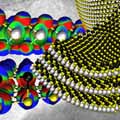
The solar paradigm of creating singular nanomaterials that possess unprecedented photonic, tribological, electronic, and catalytic properties is arguably far less familiar than the energy-saving paradigms of solar photovoltaics and solar thermal systems. Much of the research in this field has evolved over the past decade from our collaborations (i.e., between researchers at Ben-Gurion University of the Negev and the Weizmann Institute of Science, Israel).
Continue reading “Solar-energy paradigm for generating singular nanomaterials” »
Nov 16, 2016
New Monolayer Material Could Unlock Nano-Scale Electronics
Posted by Karen Hurst in categories: computing, nanotechnology
Research out of New York University’s Tandon School of Engineering has found a new method for developing electronics at the atomic scale — and it’s difficult to get much smaller than that.
Scientists and engineers have previously tried developing electronics using two-dimensional or monolayer electronic materials like graphene to make transistors, but found that the material’s lack of an energy band gap poses difficulties for semiconductor applications.
The new research by assistant professor of electrical and computer engineering Davood Shahrjerdi and doctoral student Abdullah Alharbi, has shown that using a monolayer of tungsten disulfide might be the key to unlocking the potential in nano-scale electronics.
Continue reading “New Monolayer Material Could Unlock Nano-Scale Electronics” »
